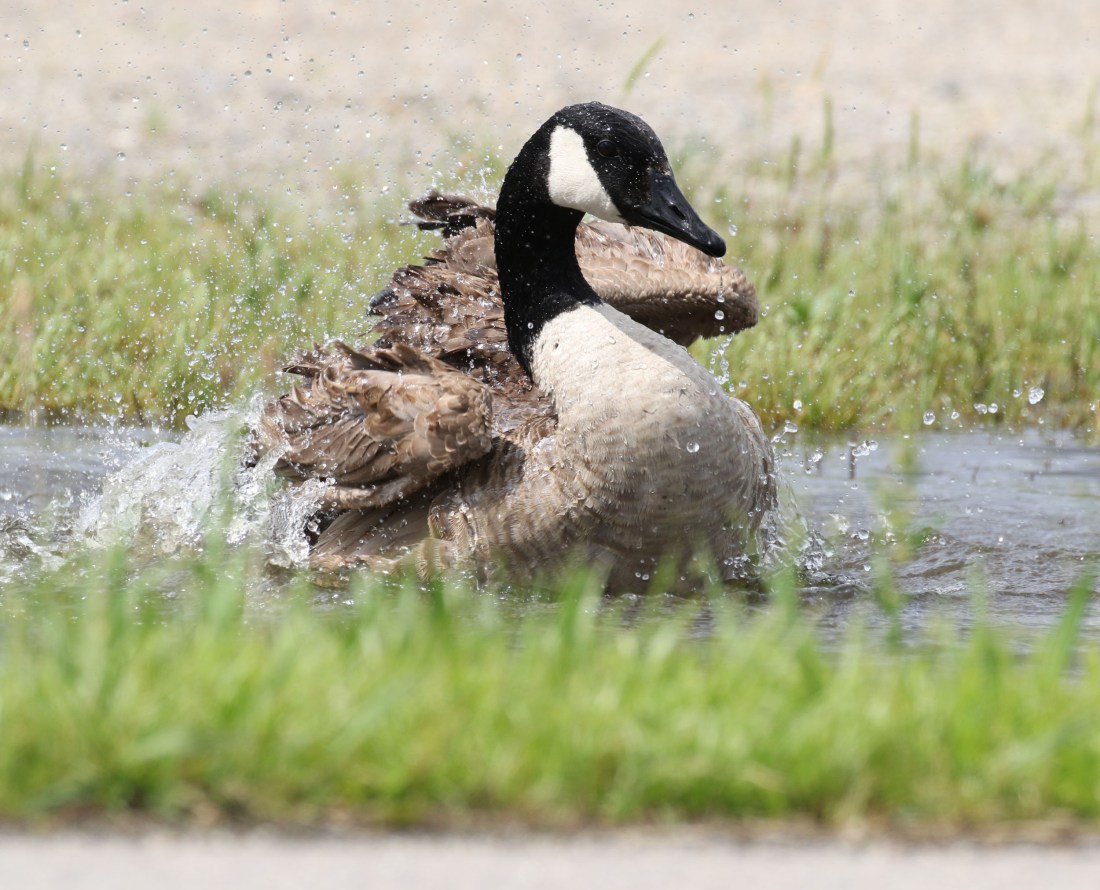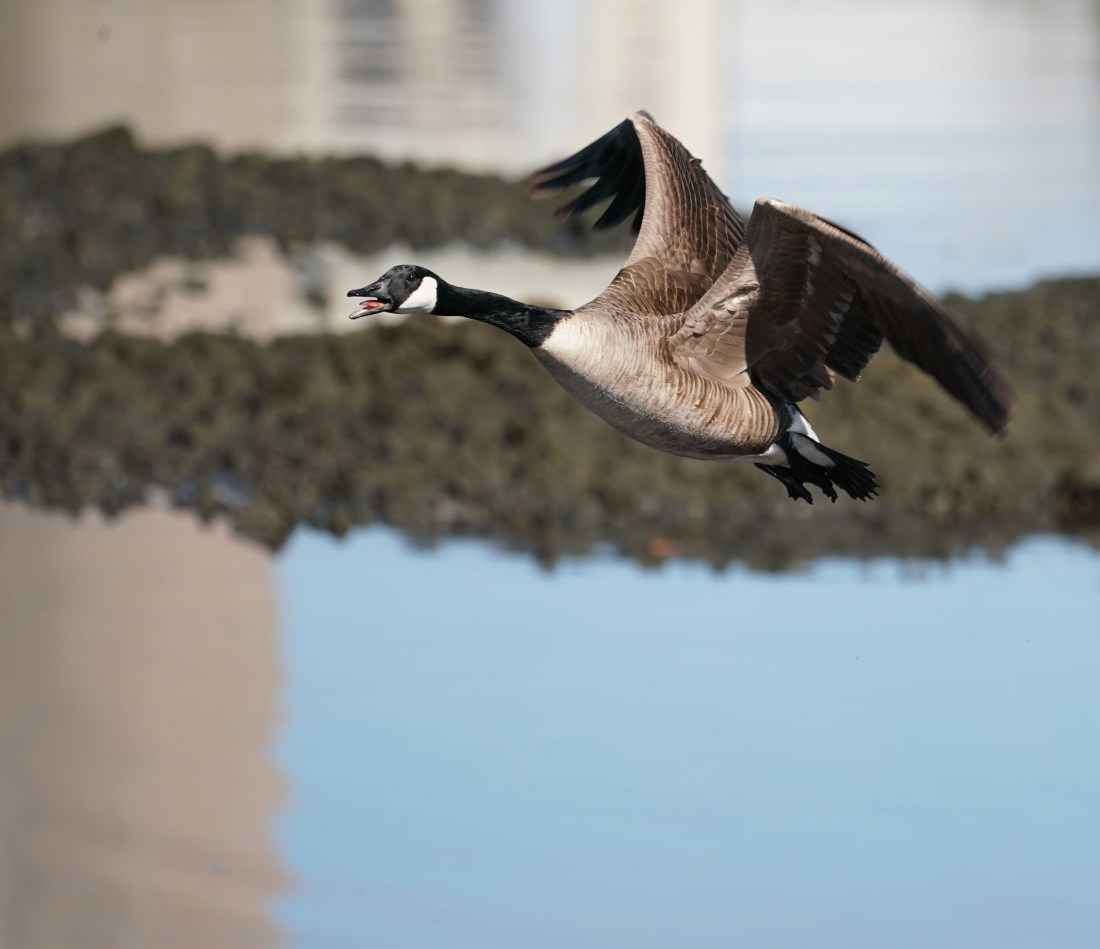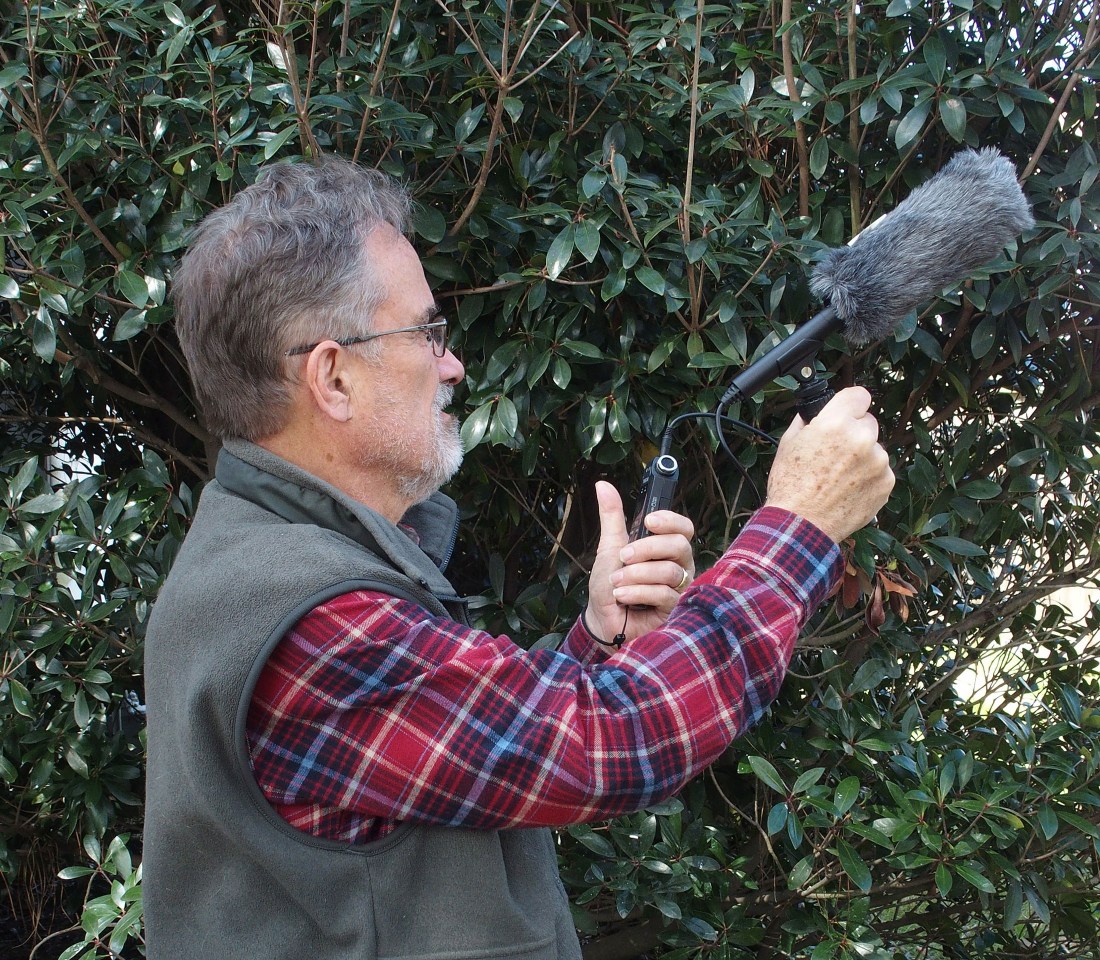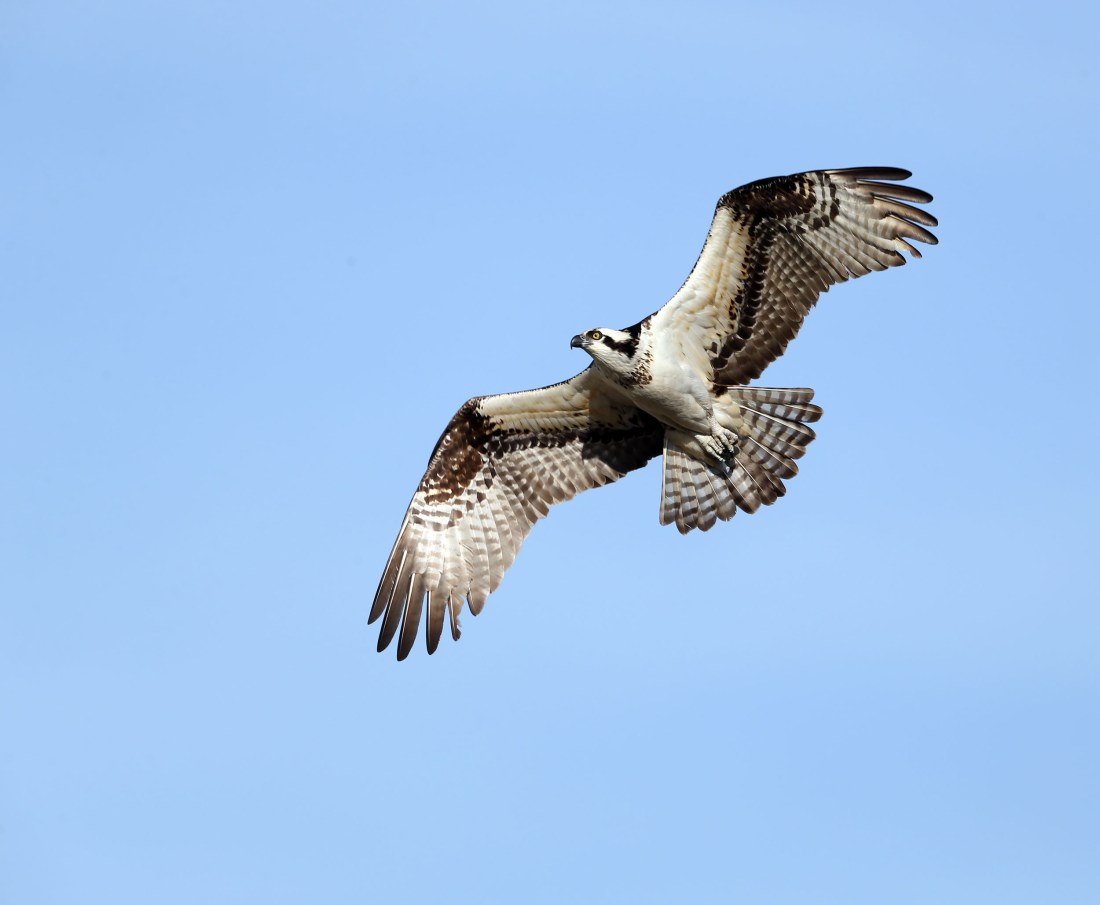Every year about this time, I begin each day with a special measure of excitement and anticipation. The switch has been thrown, migration is underway, and who-knows-what avian delight will show up who-knows-where.

You might wonder where I came up with the words: “avian delight.” (You might also wonder where I came with the idea of a switch!) I borrowed them from an article with the words: “avian delight amid concrete” in the title. Powerful words: “avian delight amid concrete.” I read those words and I’m reminded of the words in another title: A Tree Grows in Brooklyn. No doubt you’re familiar with that wonderful story.
The Killdeer
Speaking of “avian delight amid concrete,” I reported earlier on an avian delight amid rocky railroad bed: a Killdeer on eggs on an abandoned railroad bed in the Money Point section of Chesapeake, VA. Its mate was nearby. It was a chance discovery and another one of those life-affirming signs of spring that I’ve had the pleasure of writing about.

Unfortunately, though, we have some sad news to report about that discovery. A few days later, I brought my wife, Katie, over to see the nest. But the Killdeer were gone, and all their eggs had vanished. All that remained was the scrape in the dirt, a crumbling old railroad tie, and a troubling sense of letdown. Evidently, another animal had gotten to the eggs.

As we looked around, however, we saw evidence that an Osprey pair was building a nest on the nearby Buckeye Partners hydraulic/electric crane that sits over the Elizabeth River. So my wife and I left, feeling a little more optimistic than we might have been otherwise.

Interestingly enough, another Osprey pair is building a nest on another crane nearby: a construction crane at the Norfolk Naval Shipyard in Portsmouth. Unfortunately, both that crane and the Buckeye Partners crane are operational. So, where that leaves both Osprey pairs, we can only imagine.

But where the nest failure left our Killdeer pair, we don’t have to imagine at all. I returned to the area the following day and those undaunted birds were still around and milling about, as usual.

I wrote in “The World in Miniature” that wildlife is resilient. The Money Point Killdeer are exhibits A and B.
The Goose
I promised at the end of “Meanwhile the Wild Geese” that we’d continue our discourse on the Canada Goose. Now, if the Money Point Killdeer are exhibits A and B—great examples of resilient wildlife—we could go on to say that Canada Geese are exhibit C. (“Exhibit C,” of course, would only be logical.) They’re exhibit C because they join the ranks of other species, like the Osprey and Killdeer above, that have made big comebacks and that are also helped by being highly adaptable and tolerant of human activity.
It’s a little-known fact that Canada Goose numbers dwindled years ago due to overhunting and habitat loss. They were actually extirpated from some areas. But then the Federal Government and others set in motion a repopulation effort—an effort that eventually went awry, though, and that resulted in an overabundance of non-migratory geese that many now consider “nuisance birds.”
Some of the above are spelled out in a fascinating article that James Wilson of Maryland sent me: “The Government Goose Plot That Flew Out of Control.” The piece is largely an account of what happened in the state of Maryland, but aspects of the story have been replicated in other states, as well.
So it’s now common to see geese everywhere. They’re thriving in urban and suburban environments where there’s plenty of food and open water, and where they can easily escape what few predators they have there. Sure, they have a fondness for grasses and agricultural crops, which gets them in trouble with homeowners, farmers, and others. And it’s not uncommon to hear stories about “geese-plagued neighborhoods,” or to hear about farmers using pyrotechnics to scare geese away, or to read articles with words like: “Tell Geese ‘Get Outta Here!’” in the title. (By the way, it’s come to my attention, thanks to Casey Shaw, the Elizabeth River Project grassroots coordinator, that a really effective way to tell geese “outta here” is to not feed them!) But Canada Geese are still fascinating, their story is amazing, they’re accessible to wildlife watchers—and photographers—and as we’ve learned, they’re prized by hunters, who play an integral role in managing goose populations.

The photo above of a resident SE Virginia bird is a good illustration of the species’ adaptability, tolerance, and everywhereness. There’s an industrial road in the foreground, a parking lot is in the background, and an individual of the species is nonchalantly bathing in a vernal pool between the 2. I’ve taken it upon myself to name the goose “Jemima Puddle-Goose” after the character in one of Beatrix Potter’s children’s books.
Below is a photo of a Canada Goose in flight. Talk about fascinating and amazing—and accessible.

And This Just In
I promised in my last blog that I’d have more to say about recording birds and about leucism and albinism. Here’s a great shot of a leucistic female House Finch (bottom right) courtesy of professional photographer, Glenn Woodell. The bird lacks pigmentation (melanin pigment) in some crown feathers and around the eye. For comparison, there’s a normally-colored female House Finch in the upper left.

I love the photo. I love the sharpness, the saturated reds of the male, and the dreamy, defocused background. I’d encourage you, by the way, to check out Glenn’s rather amazing website. He delights in capturing everything from Fender electric basses to Boat-tailed Grackles (and everything in between). He also has a passion, as I do, for Urbex (Urban Exploration Photography) and for helping others learn more about the wonderful world of photography. He offers many helpful and insightful photo “tech tips.”
One final note. I wrote in the last blog that you can find lots of things when you study your bird photos. You can find previously unknown features like the Canada Goose’s serrated bill. You can also find leg bands, tracking devices, and signs of disease. Let’s add another item to that list, then: leucistic (and possibly albino) birds.
Here’s another photo of yours truly, this time wielding my shotgun mic instead of my parabolic mic.

I began to write about recording birds in “A Patchwork Quilt” and continued to do so in my last post, “Meanwhile the Wild Geese.” There, I also described the above setup, which is the same setup that I used to do the recordings that I added to the 2 blogs, except the recording of the “midnight mockingbird.”
I’ve since heard from readers, like Doug Burkett, who went out and purchased the gear pictured above. He wrote me to thank me for my posts and for the recommendations, but also to tell me that he’d had a little trouble using the Tascam DR-05 recorder and Polsen mic. Here’s how I responded. Hopefully, this might be helpful to others.
“Doug, Thanks so much for your comment and kind words. Yes, learning about recording, setting up a recorder, and obtaining good recordings in the field all take time and patience. Here’s how I’ve set up my Tascam DR-05 (for use with the Polsen mic): WAV 24bit, 48K, mono, mic power: off, low cut: off, level control: auto level. I try to record only when there’s little wind and ambient noise. I also don’t record, if I can help it, in open spaces. I prefer sheltered, sound-blocking ones, instead. The Polsen mic is directional, so it must be pointed right at the sound source, and that source can’t be too distant. (A pair of headphones could help here.) Having said that, I keep my mic on tele, not normal. You’ll also need to use more than the foam windscreen. You’ll need a “dead kitty” too. Here’s what I purchased from B&H, and it fits the mic perfectly: https://www.bhphotovideo.com/c/product/1047687-REG/auray_wsw_007mkii_fuzzy_windbuster_for_rovmr.html. When you’re in the field (or backyard) try to position yourself so the mic is parallel to the wind direction. It might be best to have the wind at your back, but you could face the wind, as well. And if there’s any ambient noise (mowers, machinery, kids, etc.), try to position yourself so the noise is coming from either the left or the right of the mic. One last thing—you’ll need a pistol grip. You don’t want to directly handle the mic when you’re recording. This one’ll work: https://www.bhphotovideo.com/c/product/885604-REG/auray_grip_universal_mic.html/pageID/accessory. Good luck, and let me know how you make out.”
Quip, Question, Quote
This is an excerpt from David Lindo’s excellent book, How to Be an Urban Birder:
We all need to appreciate that wildlife not only occurs in our cities but it is here to stay. There is fabulous wildlife all around us and we need to encourage and conserve it in the places where it exists. Whether this be nurturing invertebrates within a tiny window box on the fifth floor of a block of flats, promoting small wild areas in our gardens, creating areas specifically for wildlife in our local parks, watching over a forgotten wild corner of our local neighbourhood or starting a green roof project. If we can learn about the importance of wildlife conservation in our cities then we will understand its connection in the general web of life on this planet, enabling us to reach out and strive to protect the rest of the world’s fauna and flora and, ultimately, ourselves.
One Final Note
Please join Marlee Morris as she leads “Spring Migration Bird Walks,” beginning on Apr. 2, 2019, at Paradise Creek Nature Park in Portsmouth, VA. This park is an urban oasis, was recently added to the Virginia Bird and Wildlife Trail Coastal Region trail system, and is a great place to bird—or to just stroll around. And who knows. Whether you join up with Marlee or visit alone or with others, you just might spot, if you’re lucky, a newly-returned Osprey.
